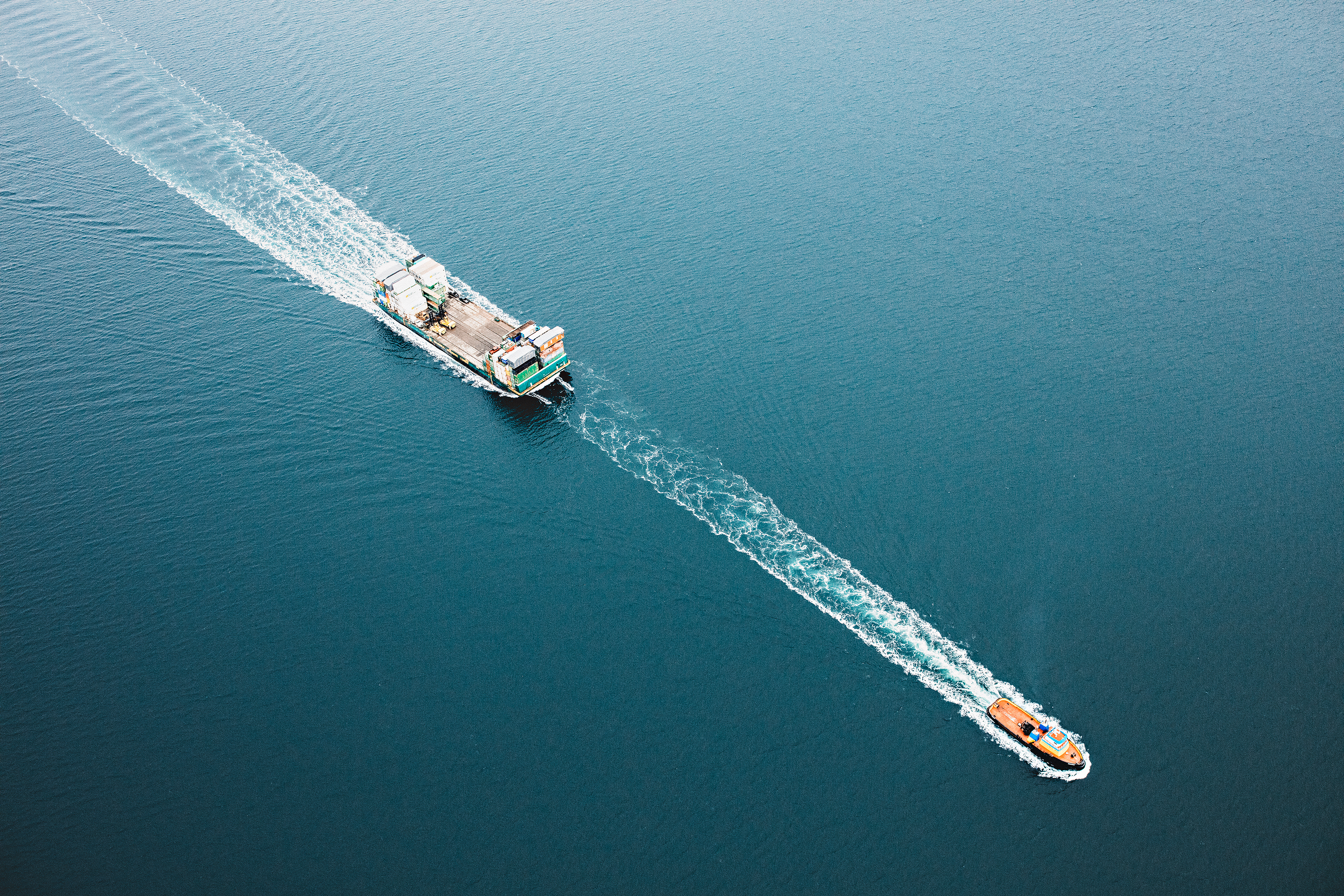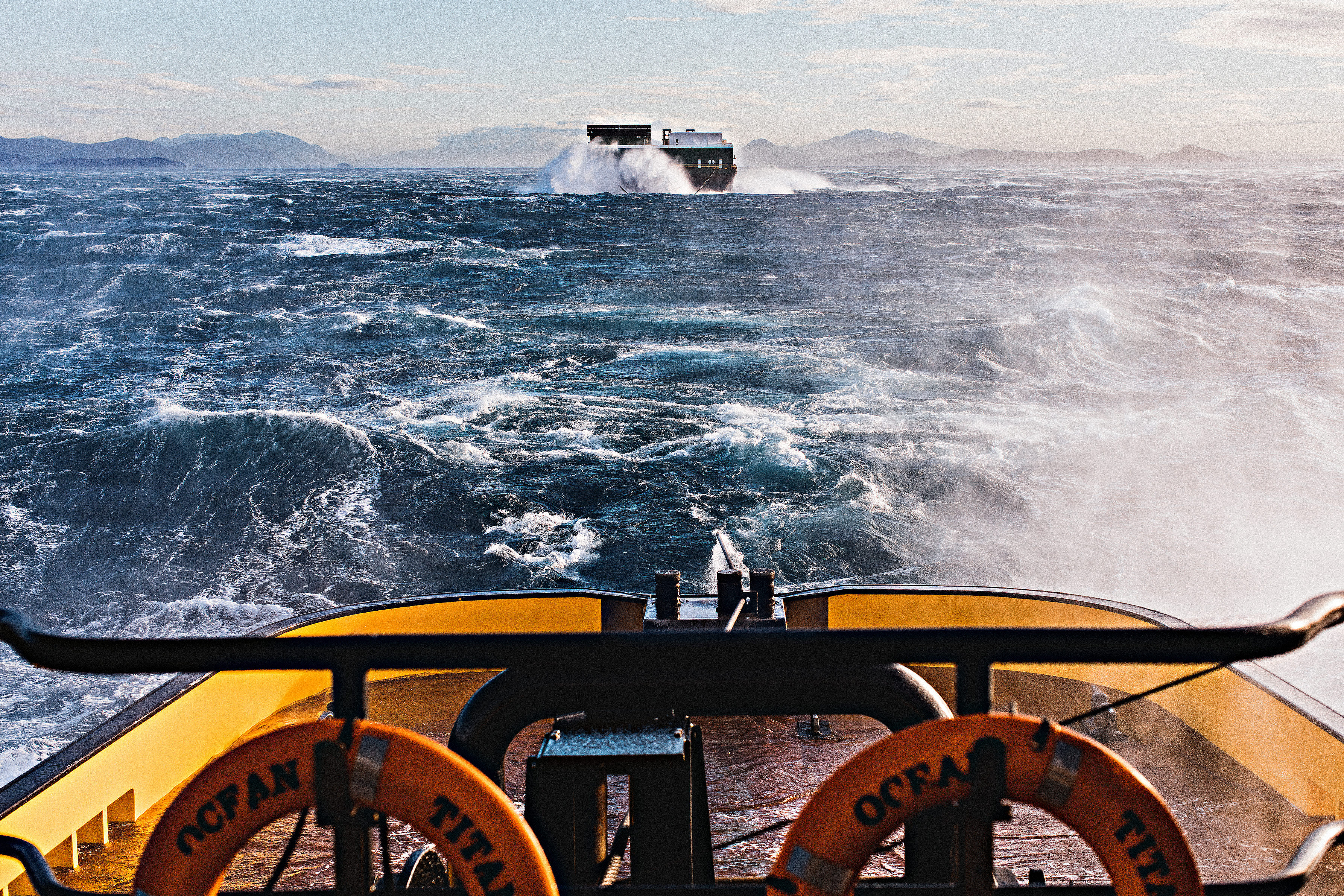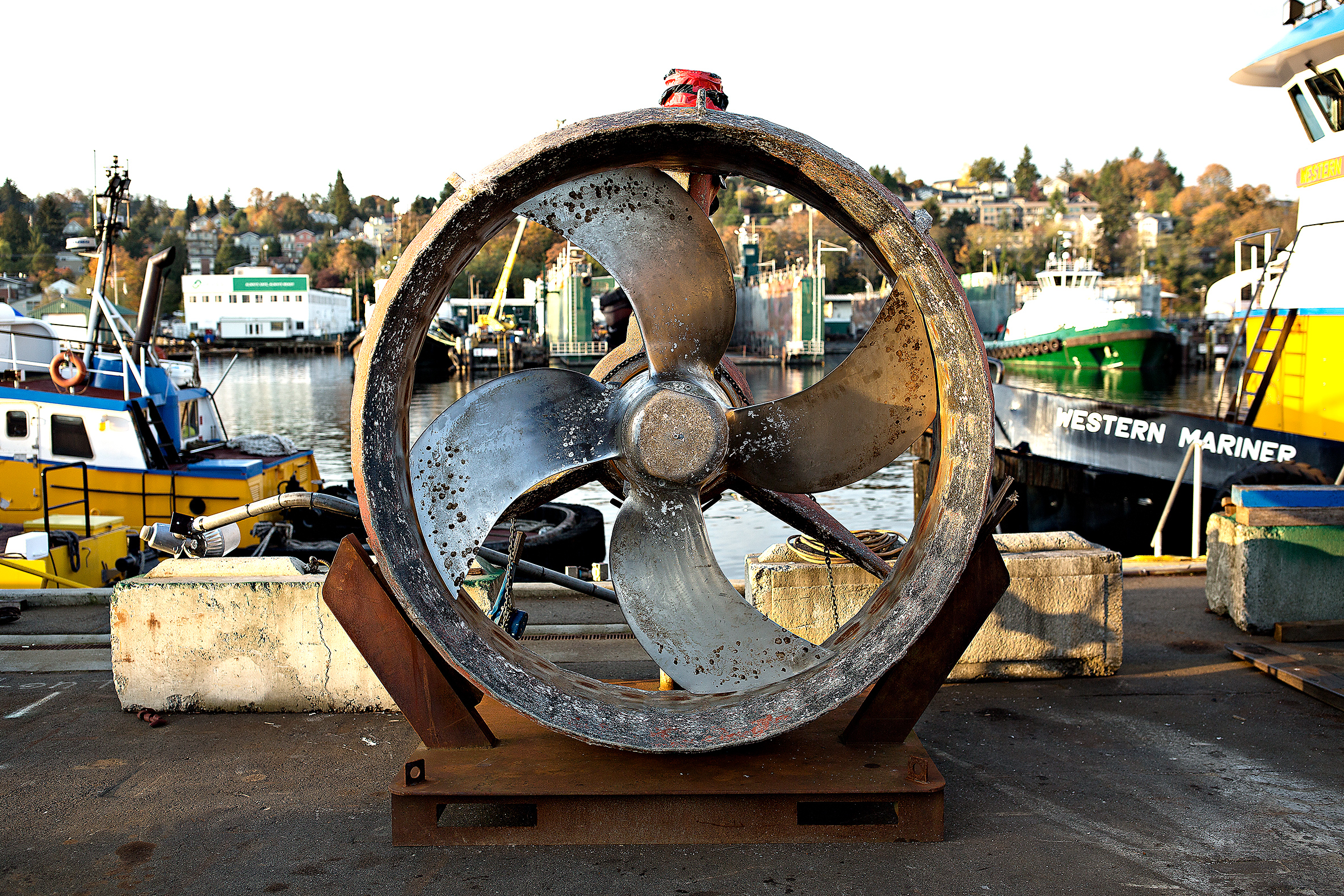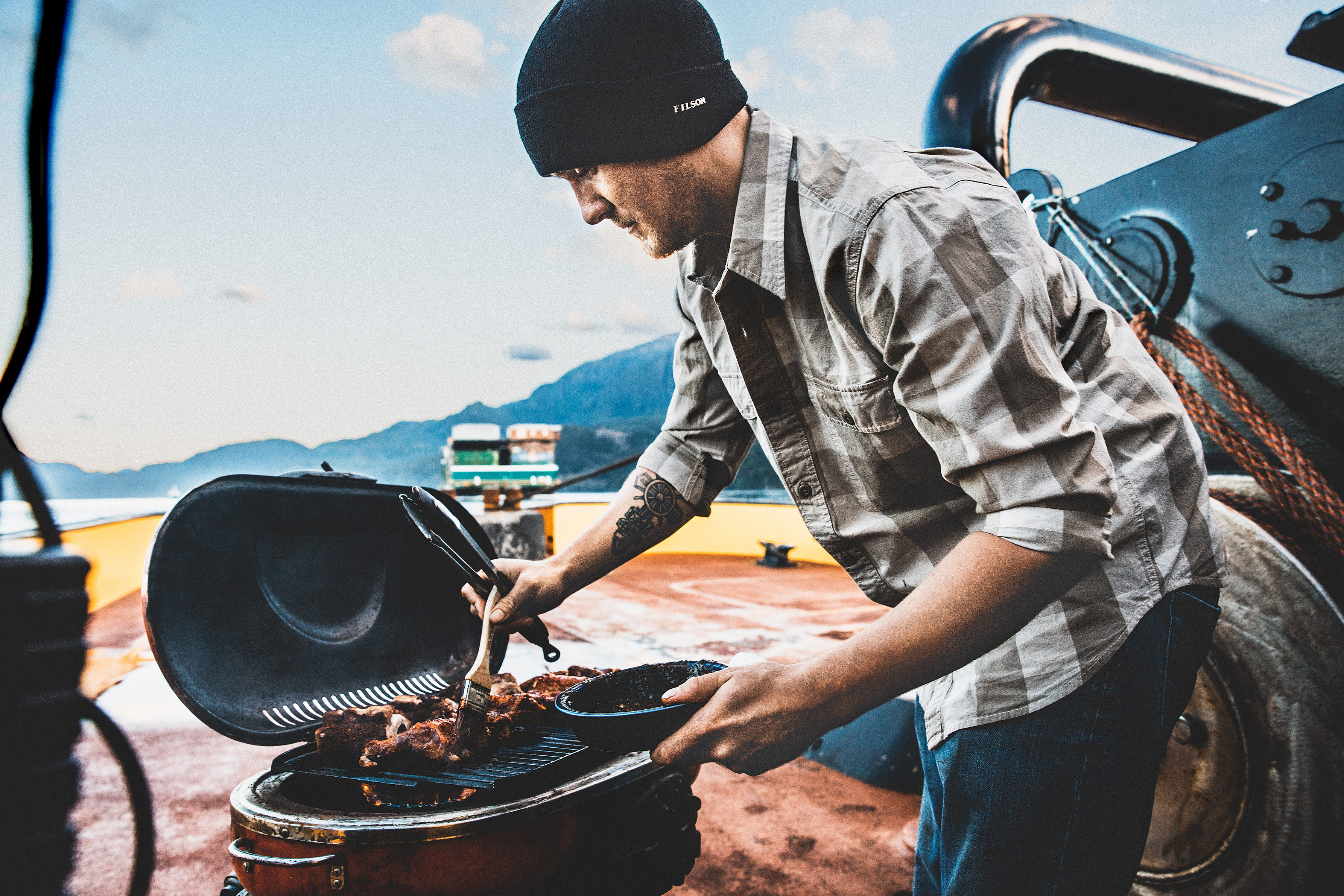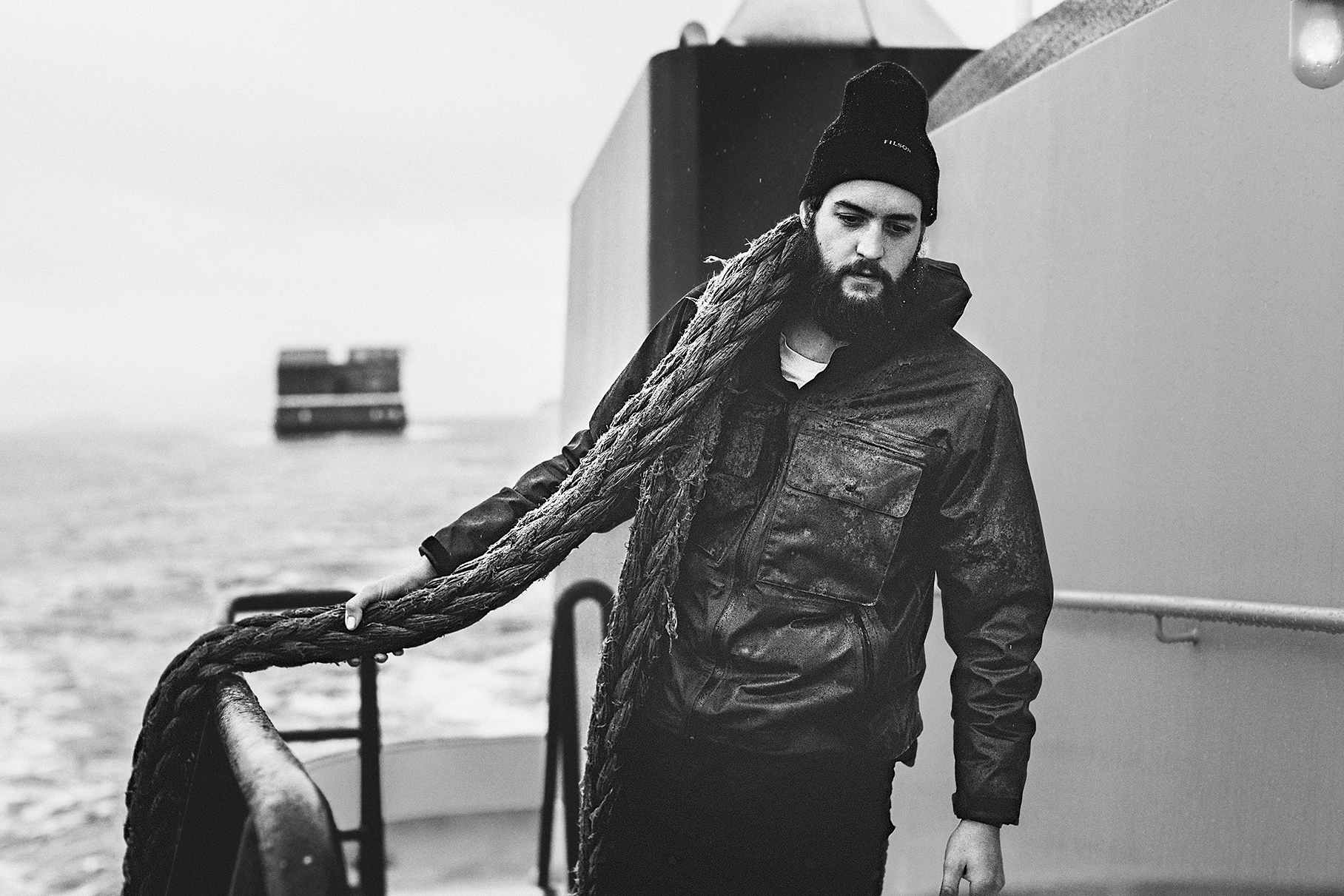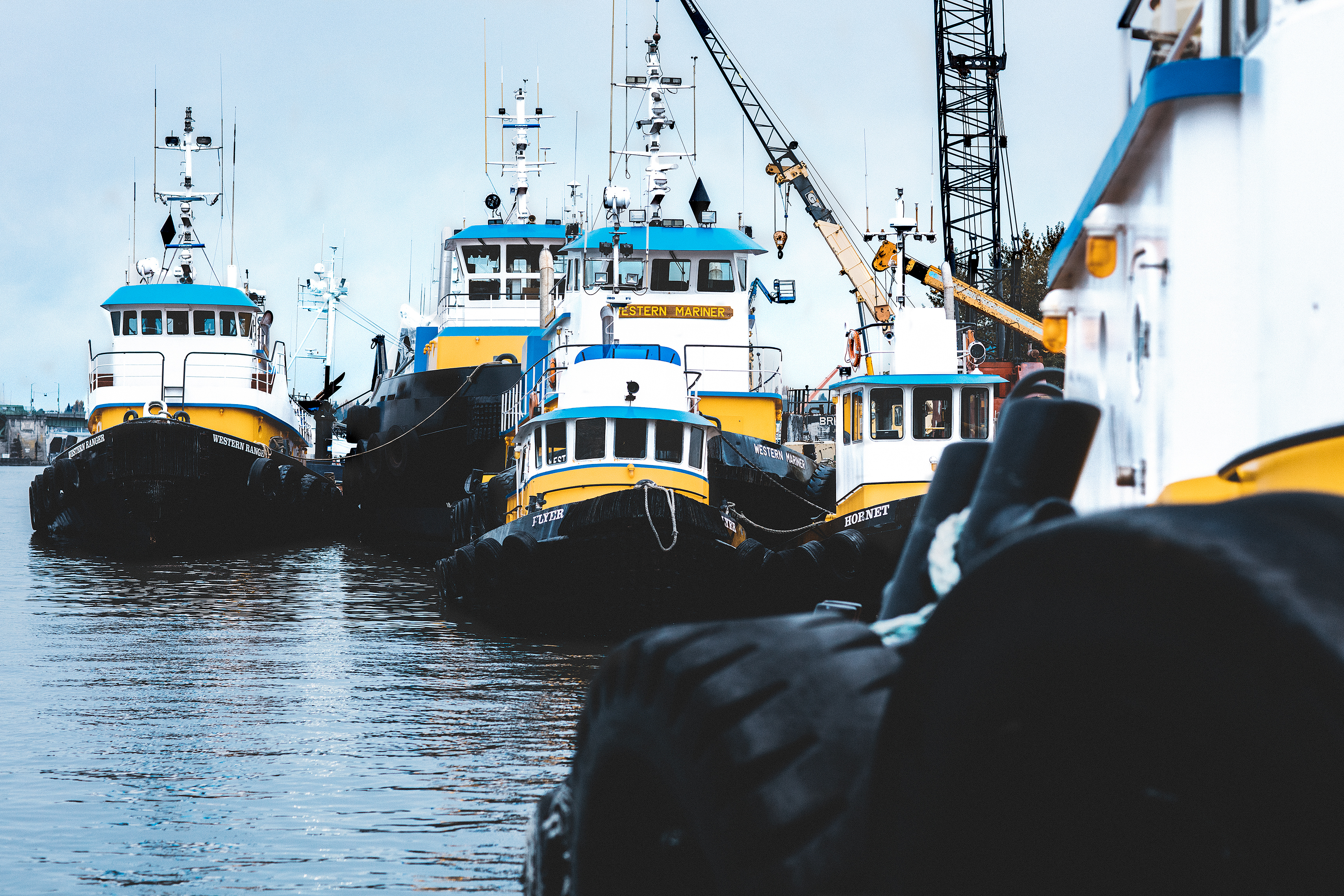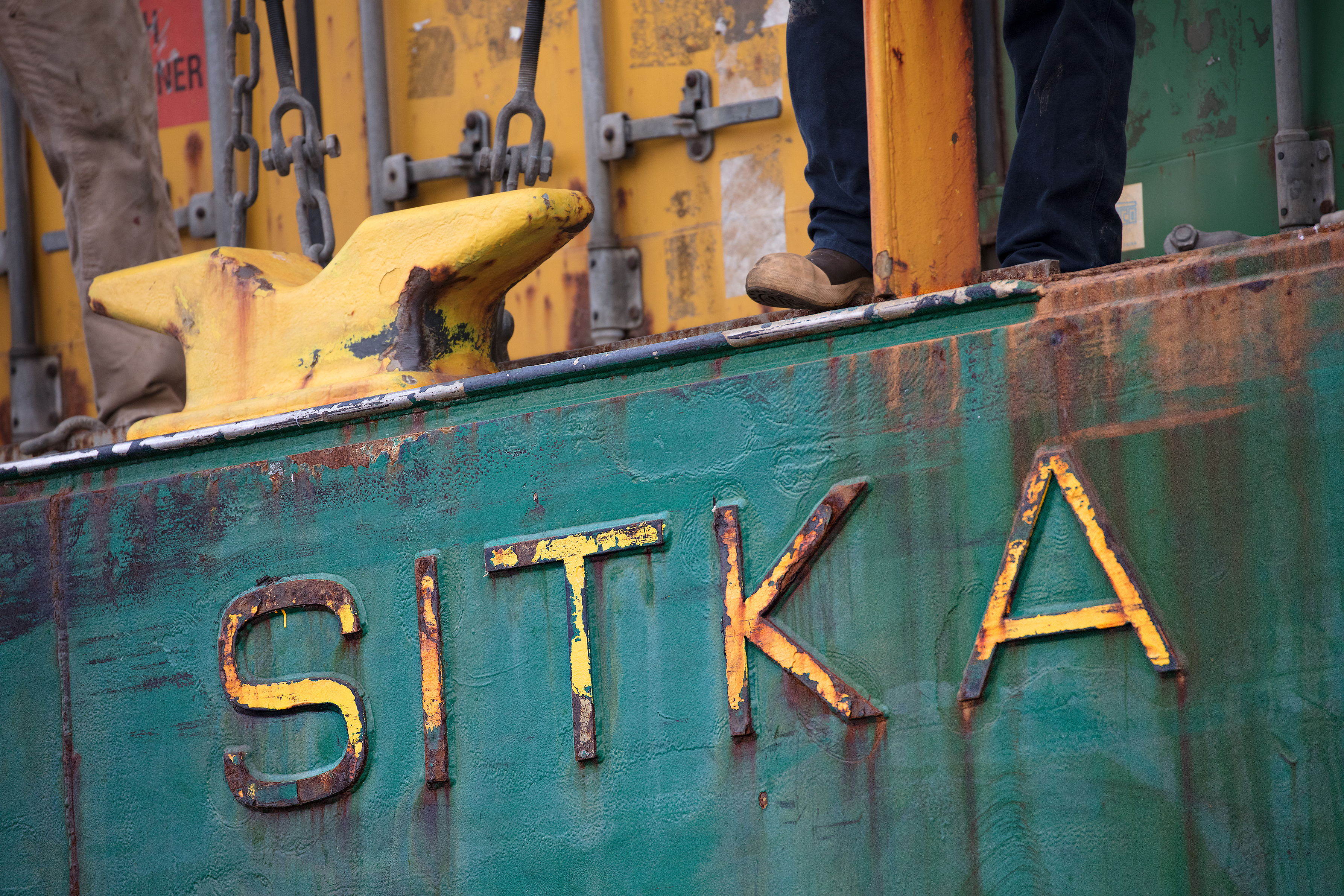Filson wisely profiles real people who live the real Filson life for each of their catalogues. This month we meet Russell Shrewsbury, VP of Western Towboat Co.:
Tell us a little bit about yourself.
I’ve been going to Alaska on tugboats since my mother was pregnant with me. She would ride to Alaska on the tugs my father was captain of at the time. I started going to Alaska on every summer vacation from pre-school on, since my father was away on the tugs. He was away about 300 days a year back then and it was the only time we got to spend with him. I started working as part of the crew (deckhand) when I was 13. If I was not on a tug in Alaska as a kid, I would go to work with my dad on the weekends (if he was home) and help work in our yard building and maintaining our tugs. If I had to guess I have made the trip back and forth to Alaska over 100 times.
What is your favorite part of the ‘tug life’?
My favorite part of the tuglife, I would have to say, is the freedom you get at, I guess you can call it a job–you leave the dock and the office view changes by the second, turn the stereo up listen to some music, and enjoy the day and make a living – it doesn’t get much better than that.
Ever been in a scary situation? Weather or otherwise while on a tug?
Years ago when I was a first mate (second in charge below the captain), we left Whittier, Alaska (in Prince William Sound) headed for Seattle with a rail car barge in tow. When we left the forecast was marginal but looked to be improving. As we were halfway across the gulf of Alaska, the weather took a turn for the worse and we ended up battling 25 foot seas for two and a half days and actually ended up going backwards 25 nautical miles in those two and a half days of pulling as hard as we could with the tug fighting the wind and seas. It’s never fun looking out of the windows of the tug and looking towards the sky to find the top of the waves.
What are some of your favorite destinations you have been to?
My first would most likely have to be Skagway, Alaska. It reminds me of a place you would see in a movie–a small old mining supply town from the gold rush era of Alaska surrounded by mountains. The water is a beautiful teal blue due to the glacial run off of fresh water meeting the darker green salt water. I also had a great time taking a tow through the Panama Canal, it took us two days to transit but its pretty cool going from sailing by the glaciers of Alaska through the jungles of Panama.
Have you ever towed anything unexpected? Whale carcass? A house?
I have towed quite a few odd ball things. We always say “if it floats, we can tow it.” I have moved a few house boats around Puget Sound and we have transported a few mega yachts on our barge. I’ve seen multiple dead whales in the ocean, but have never had to tow one, luckily. I’ve moved aircraft carriers, those are always fun and challenging. Oh, and moved a hand full of oil rigs where three tugs were towing together.
What are some of your favorite places to eat and drink in Alaska?
There is a sushi place in Homer, Alaska, called Wasabi’s Bistro that has pretty amazing fresh Alaskan seafood sushi that cannot be beat. Anchorage has a few great breweries: Anchorage Brewing, Midnight Sun brewery, and King Street brewery are my favorites. I am a craft beer enthusiast, so I always search out the spots. There is also the Sourdough Bar in Ketchikan, which is great. On the walls of the bar they have pictures of all the boats that have run aground in Alaska throughout the years.
How has the business changed since you have been on board?
Our business has changed exponentially since I was growing up. When I was a kid, we had about eight boats and we are now building our 23rd tug. The rules and regulations we have to abide by have also changes with the times. Growing up, there was no cell phone service in Alaska. Now we have 4G LTE, we have electronic charting programs, whereas when I was growing up, we navigated with paper charts and radar. Safety culture is paramount to our operation, the days of cowboy tugboating are long gone with the introduction of technology and the ability to get better weather pictures online. Also, there are a lot more women coming into the industry now–which is awesome. I think the gender lines of division in the past in the maritime industry have all but faded away. You see quite a few more females working on tugs than you would have 10 years ago.
